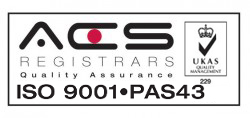Let us continue our discussion about wrong fuelling and other related topics. It is important that we learn about the differences between petrol and diesel engine fuel systems:
When diesel run cars first begun to arrive in the market, it was easily distinguishable from petrol vehicles because the former generated heavy noises while running. In diesel cars a heavy rating sound was produced while it was idling or revved. But the scenario has changed since then. Those heavy sounds are eliminated from new-age diesel engines so cars produce no sound. Some of the most advanced engines in the world nowadays run on diesel. Therefore it has become difficult to tell whether the car runs on diesel or petrol by hearing just the sound of the engine.
The fuel pump of a petrol engine has a totally different way of working than a diesel engine. A diesel engine, pump has tighter tolerance and much more internal pressure than a petrol-powered engine’s pump. When you put in the diesel it functions as a lubricant for the components lining the channel for fuel supply channel. It helps to prevent frictions that may happen if the metal components touch each other during operation.
The result of wrong fuelling- What Happens inside
If unleaded (petrol) is mistakenly loaded into the tank of a diesel car, several problems may arise. Unleaded does not have the lubricating qualities of diesel and thus if someone tries to run a diesel pipe carrying petrol in it, there is almost sure to be metal-to-metal contact as the components of the fuel system pump body will start grinding with each other. Slowly small metal pieces will begin to contaminate the fuel. Friction will be created and the metal fragments will go deep into the fuel systems, creating blockages and creating damages.
Another big problem with petrol is that it functions like a solvent and so can cause detrimental effects on the seals of the fuel system which in course of time will require replacement.






